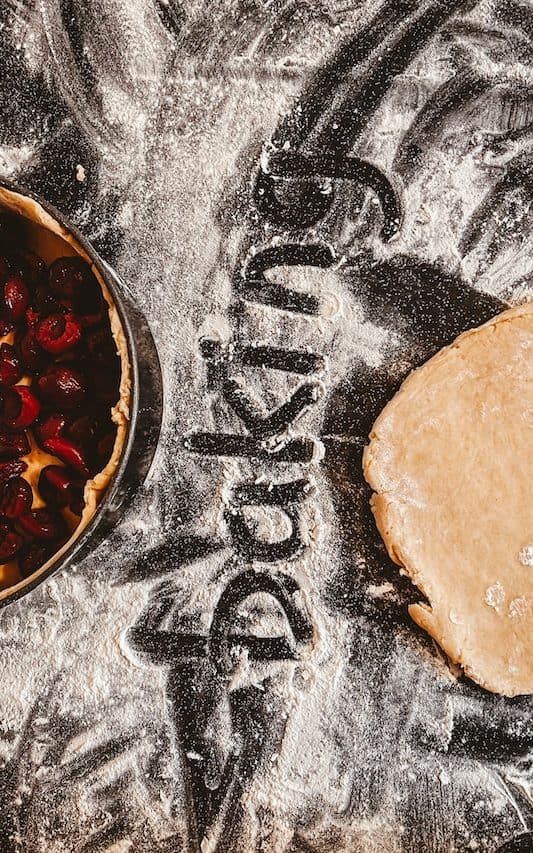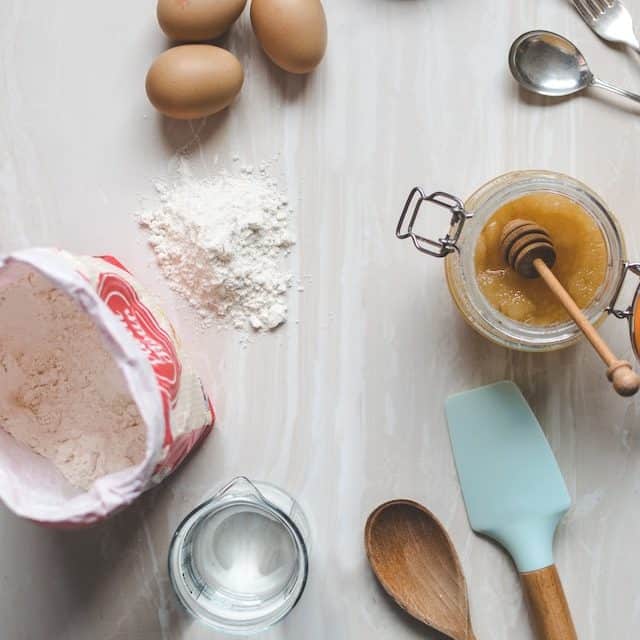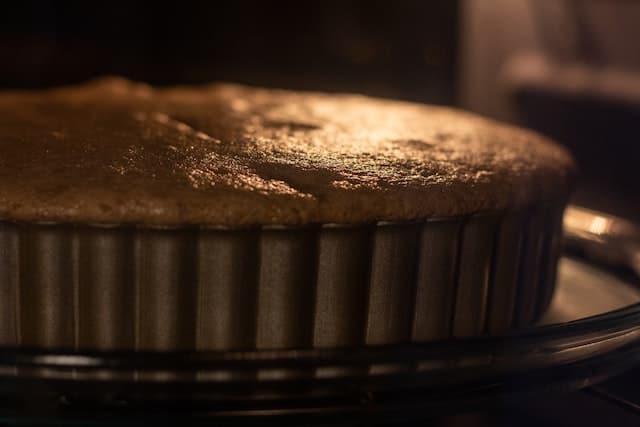6 Important Basics of Baking
Baking refers to the process of cooking food using dry heat within an enclosed space. Nowadays, ovens or microwaves are used for preparing baked goods. However, alternatives such as stove-top baking or using heat from coal or wood were popular in the earlier years. In this article, we refer to the basics of baking using modern ovens – gas, electric, or microwave. From beginners to more experiences bakers, baking is easier with the right equipment and baking tools.

Importance of recipes
A variety of sweet and savoury recipes can be baked, and there is a flexibility when baking meat and vegetables as ingredients can be adjusted for personal preferences. For example, a roasted chicken can have any combination of herbs and spices as can roasted vegetables although cooking times should be considered. However, when it comes to baked desserts such as cakes and biscuits, or savoury items like quiches, it is necessary to follow the exact recipe amounts, especially if the finished dish must be ‘set’ or formed into a particular shape or consistency. If any ingredient is missing or not added in the correct proportion, the final product may not be as desired in both appearance and taste.
Ingredient swap outs or substitutions
Sometimes the exact ingredients may not be available in the pantry and there may be no time for shopping. Food restrictions or allergies might be a factor too meaning an ingredient cannot be used. Consequently, a substitution is required, and you should pay attention to both the substitute and the quantity used. The substitution will create some difference in flavour and/or texture. For example, if honey is used instead of granulated sugar, consideration should be made for the fact that honey is liquid whereas sugar is solid and that can impact consistency. Furthermore, honey is naturally sweeter than sugar so less than a cup of honey should replace one cup of sugar. Similarly, a butter-based cake will have a different texture and taste than an oil-based one.
Measurements
Quantities stated in recipes might be identified in cups or require the use of weighing scales and measuring jugs. Whilst many bakers and chefs prefer to use measuring cups, others prefer the accuracy of weighing scales. The science of baking requires a proportional mix of ingredients and even in the absence of measuring tools baking can be done using a regular cup, tablespoon and teaspoon but the final product might be slightly different compared to exact measured bakes.

Bakeware
Due to high temperatures in the oven, specific bakeware needs to be used. This may range from glass to aluminium to non-stick or cast iron. Depending upon what’s being baked, certain bakeware materials are preferred. Cakes in metal tins or silicone moulds, cookies on metal sheets, sourdough in a cast iron Dutch oven, casseroles in ceramic dishes, and so on. Sometimes when different bakeware is used for a recipe such as brownies baked in glass, dark metal, or silicon containers, there will be a difference in the baking time required due to the heat absorption properties of the bakeware material.
Tools
The modern kitchen has many fancy tools ranging from benders and mixers to dough makers and food processors. Whilst these tools make the task easier and faster, the process of baking actually needs simple tools such as a whisk and a spatula as well as some muscle power. Other tools of importance are nested measuring cups and spoons, liquid measuring jugs, sieves, mixing bowls, baking sheets, and cooling racks.
Temperature
Baking is all about temperature! Not only the temperature in the oven, but also the temperature of the ingredients. Most recipes, unless specified, call for ingredients to be at room temperature as this allows for a smooth and consistent mixture. For example, mixing cold butter into sugar or flour results in a clumpy mix, and adding eggs to warm butter will cause a curdled mixture. This is one of the reasons why most bakers will prepare and measure ingredients first as the process allows the cold refrigerated ingredients like eggs, butter, and milk to come to room temperature.
Recipes specify oven temperatures in Celsius or Fahrenheit and conversion might be required depending upon the temperature tabs on your oven. Whilst conversion formulae are easily available on the internet, you could use the ballpark conversion and simply double from Celsius to Fahrenheit.

Gas and convection ovens operate differently and hence it is important to use the correct temperature for each type of oven. Preheating the oven to the desired temperature assists in perfect baking as the raw ingredients are exposed to the correct heat. For most baked goods, there is a cooling period required after removal from the oven and before cutting and serving. Cakes, cookies, and tarts firm up and set after being removed from the oven, and enable the cutting of even slices and portions with little crumbling.
Conclusion
If you are a newbie on your culinary journey, remember there is a science to baking and ingredients need careful measuring with or without substitutions, so always read the recipe carefully.